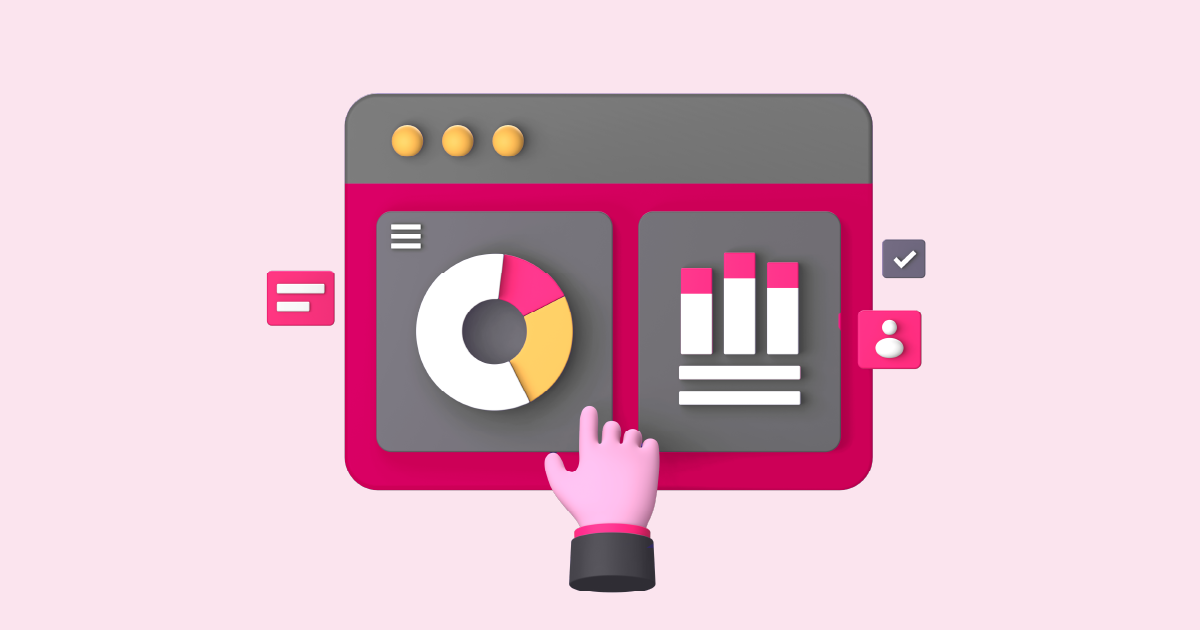Ever wonder what people really think about your brand, product, or service? In a world where online chatter can make or break reputations overnight, sentiment tracking tools have become essential. These tools help you analyze public opinion at scale—pulling data from tweets, comments, reviews, and more—to let you know if the world is cheering for you or raising pitchforks.
Let’s dive into the world of sentiment tracking and explore which tools dominate the market in 2025—and, more importantly, why they do.
What Are the Best Sentiment Tracking Tools and Why?

Real-time Customer Feedback
Imagine knowing what your customers feel the second they tweet about your product. Sentiment tools offer just that—real-time insights to adapt, improve, and win hearts.
Understanding Brand Perception
It’s not just about what’s said; it’s about how it’s said. Are customers delighted, disappointed, or downright furious? Sentiment tools decode emotional tone so you’re not left guessing.
Competitive Intelligence
Want to know how your competitors are doing in the public eye? These tools can track their mentions too, letting you gauge market sentiment and identify opportunity gaps.
Key Features of Top Sentiment Tracking Tools
Natural Language Processing (NLP)
At the heart of these tools is NLP, enabling machines to understand human emotion—be it joy, sarcasm, or frustration.
Multilingual Support
Your audience speaks in many tongues, and so should your tools. Multilingual sentiment analysis ensures you don’t miss global insights.
Social Media and Review Platform Integration
The best tools connect to platforms like Twitter, Instagram, Reddit, Trustpilot, and more, pulling in vast oceans of opinionated content.
Real-Time Analytics and Alerts
Speed is everything. Real-time alerts help you address issues before they snowball into crises.
Customizable Dashboards
Data is powerful only when it’s digestible. A good dashboard lets you filter, zoom in, and visualize trends in a snap.
Top Sentiment Tracking Tools in 2025
1. AIM Insights
Overview
AIM Insights is a powerhouse in the social listening space with sentiment tracking that’s both detailed and intuitive.
Key Features
- Visual dashboards
- AI-powered sentiment tagging
- Historical trend analysis
2. Sprout Social
What It Offers
Sprout Social is known for user-friendly sentiment analysis features integrated into its broader social media management platform.
Best Use Scenarios
Great for marketing teams who want actionable insights baked into scheduling and engagement workflows.
3. Hootsuite Insights
Integration Strengths
Hootsuite meets Talkwalker in this powerful combo, offering robust social listening with advanced sentiment scoring.
AI-Based Sentiment Analysis
It’s built on AI that understands emojis, slang, and even image content to determine sentiment context.
4. Mention
Best for Small to Mid-Sized Businesses
Mention offers affordable yet effective sentiment analysis, ideal for startups and SMEs.
Sentiment Tagging Capabilities
It automatically tags mentions as positive, negative, or neutral and offers trend summaries.
5. Lexalytics
Advanced NLP Functions
Lexalytics focuses on deep text analytics, especially valuable for companies dealing with massive unstructured data.
Enterprise-Grade Use
It’s designed for scalability, offering high-level customization, API access, and robust integrations.
6. MonkeyLearn
Simplicity and Flexibility
MonkeyLearn allows you to train your own sentiment analysis models without writing a single line of code.
Custom Model Training
You can fine-tune models to recognize tone specific to your industry—tech talk, customer service lingo, and more.
How to Choose the Right Sentiment Tracking Tool
Identify Your Business Goals
Looking to manage PR? Improve customer service? Each tool has strengths—align them with your goals.
Consider Your Budget
From free tools to enterprise-level platforms, there’s something for every budget. Just ensure you’re not sacrificing key features for cost.
Platform and Data Source Compatibility
Make sure the tool supports the platforms where your customers hang out—be it X (Twitter), TikTok, forums, or news sites.
Usability and Support
A powerful tool is useless if it’s a pain to use. Check user reviews and customer support options before committing.
Benefits
- Enhanced Customer Experience – Understand your audience like never before.
- Data-Driven Decision Making – No more gut feelings; use real-time data to steer strategy.
- Real-Time Crisis Management – Spot a storm before it hits.
- Improved Marketing ROI – Create content and campaigns that resonate emotionally.
Common Mistakes
- Ignoring Context in Data – A negative word doesn’t always mean negative sentiment.
- Relying Solely on Automation – Human review is still essential for nuance.
- Not Setting Clear KPIs – You need goals to measure progress. Simple as that.
Future Trends
Evolving AI Capabilities
Expect even smarter AI that understands humor, sarcasm, and regional dialects.
Deeper Emotional Analysis
We’re moving beyond positive/negative into full-spectrum emotional mapping—joy, anger, sadness, surprise.
Integration with Predictive Analytics
Imagine knowing not just how people feel now, but how they’ll feel tomorrow. That’s the next frontier.
Conclusion
Sentiment tracking tools aren’t just for monitoring complaints—they’re about listening, understanding, and connecting with your audience in a way that drives loyalty and growth. Whether you’re a solo entrepreneur or a global brand, there’s a tool out there to match your needs. Just remember, it’s not about collecting data—it’s about using it smartly.
Ready to see sentiment tracking in action? Discover how AIM Technologies can transform your brand intelligence with real-time insights and multilingual emotional analysis.
👉 Request a free demo from AIM Technologies today and take your customer understanding to the next level.




